Introduction
Affecting millions of people worldwide, arthritis is a common condition that causes pain and inflammation of a joint. Severe arthritis, especially of weight-bearing joints, can lead to difficulty in walking, standing, and performing daily tasks. This article presents a case of severe arthritis, complicated by a mild stroke, which was successfully treated by classical homeopathy. This case also demonstrates the importance of understanding a patient’s level of health in order to have a clearer prognosis as well as evaluation of the remedy reaction.
Case Report
Medical History
The patient was an 86-year-old woman who has never been vaccinated, and rarely had acute diseases in her life.
Hypertension started at the age of 52, since then Amlodipine (10mg) has been taken daily and her blood pressure has stabilized. Arthritis in knee and hip joints started at the age of 76. Painkilling medication has been taken orally or injected when the pain was unbearable.
A fall accident at 80 years’ age which resulted in joint dislocation of her right hip has further worsened the hip pain. Since then, she has always walked with a limp, causing more stress on her left knee.
Initial Case-taking
The patient was admitted to hospital for 15 days in April 2020 due to knee joint inflammation which caused recurrent high fever (up to 41oC). Pus was extracted from her swollen knees and antibiotics (Co-amoxiclav 625mg daily) were prescribed for one month. According to her family, she was semi-unconscious when she was brought to hospital.
She was unable to speak and swallow for one to two days, but then the symptoms improved. During her time in hospital, a CT scan was performed which revealed that she had a mild stroke about 3-4 weeks ago. Aspirin and glycine were prescribed by a physician in the hospital.
After having been discharged from hospital, the patient was bedridden. She could neither stand nor walk one step when the family tried to bring her to the commode chair. She needed help in moving her body on the bed, and needed feeding by her family due to weakness of her arms.
The first homeopathic consultation took place five days after the patient had been discharged from hospital. When she first saw the homeopath, she immediately sought help for her severe constipation instead of problems of her extremities. She complained of not having bowel movement for nearly a week, and of painful, ineffectual urging and straining.
Her legs were swollen, and very painful when moved. The pain was worse in wet, rainy weather. Her heavy body weight added stress to her weight-bearing joints. She had some coughs but could not expectorate any phlegm.
The patient was very chilly and needed covers to sleep even though the weather was warm. She always perspired on her back during sleep. She did not have much appetite, but had a craving for a special Chinese cuisine made with ginger, sweet vinegar, and boiled eggs. She always loved company, and therefore felt contented recently since she got more attention and care from her family.
Based on the totality of her symptoms, the homeopathic remedy Calcarea carbonica 6c once daily was prescribed. The repertorization of her symptoms using Vithoulkas Compass is shown below:
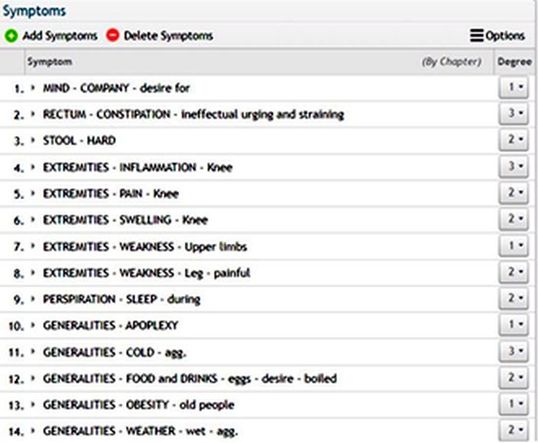
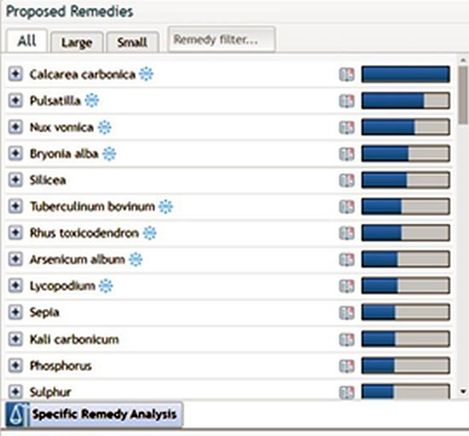
Prognosis
The patient has rarely had acute diseases in her life, but has been able to produce a very high fever recently during her knee joint inflammation. This indicates that her defence mechanism is well-functioning.
According to the theory of Levels of Health by Professor George Vithoulkas, people who rarely have acute diseases, but are able to produce a high fever when necessary, belong to the healthiest group of people.
People in the uppermost level of health were born with a very strong constitution and a good hereditary predisposition. When they are sick, their bodies are strong enough to produce a clear remedy picture.
In the current case, the remedy Calcarea carbonica is clearly indicated. Furthermore, Professor Vithoulkas mentioned that old people who need Calcarea carbonica are in a very good state of health. In addition, this case focuses on physical pathology and mostly on the musculoskeletal level which is not life-threatening. Therefore, despite the old age of the patient, the prognosis is very positive.
Reactions After Remedy and Follow-ups
Three hours after taking the first dose of Calcarea carbonica 6c, the patient had a normal, comfortable bowel movement. Three days later her family reported that she could sit up on the bed on her own, and phlegm could be expectorated every time when she coughed. Her spirit was good and she wished she could walk again soon.
12 days after taking the first dose of remedy, the patient reported having normal stool every day, improved sleep quality, and that she could take meals on her own. She did not feel chilly anymore.
Both swelling and pain of her legs were gone, and pain of her right hip had also diminished. She could stand with the help of a walker, but still could not walk because her legs felt weak.
Five days later, while the patient felt well in general, her whole left leg started to get swollen and painful. The patient was told to stop taking the remedy and to wait and observe. 13 days later her family reported that the swelling had reduced, and pain of her left leg had disappeared. She could walk slowly with the help of a walker.
During that time the skin of the lower part of her left leg became red and itchy. After two more days all swelling was gone, while the skin remained a little red. The family was relieved and very contented with the results of the treatment because of the vast improvement within a short time.
The patient was able to take care of herself in terms of eating, going to washroom, and walking around in her house with the help of a walker. No more remedy was needed and the patient was told to report in one and a half months.
After one and a half months the patient reported that her hip pain had completely disappeared, and the weakness of her legs had further improved. She could walk using a crutch instead of a walker. Her body weight had been reduced from 70 to 61kg in the past months. There was no more perspiration in sleep. The patient was told that no follow-up consultation was needed unless there was a relapse.
Seven months later the patient’s family requested a consultation again because of a recent injury. The patient had a fall on her right hip and had been taking a painkiller for two weeks. The follow-up consultation revealed that most symptoms of Calcarea carbonica returned including the typical constipation, perspiration in sleep, and chilliness which had previously disappeared.
Calcarea carbonica 12c once daily was prescribed. Nine days later the patient reported having no more constipation, and her hip pain reduced to 30%. She was told to stop taking the remedy and has been well since then.
Analysis
According to Professor George Vithoulkas, gaining insight into a patient’s level of health can help us reach a clearer prognosis both before and during treatment. While the initial prognosis of a case may be positive, it is important to evaluate whether the case was progressing in the right direction according to the patient’s reaction to the remedy.
Only after seeing the remedy reaction could we truly confirm a patient’s level of health, and then refine our initial prognosis if necessary. It is a dynamic process.
In the current case, the patient responded positively and quickly in many aspects to the prescribed remedy with no initial aggravation. This reaction belongs to patients in the uppermost levels – levels one and two, of group A.
The effects of the remedy had lasted many months until there was a precipitating factor – the injury, from which the patient relapsed to the same remedy. This is a further confirmation of the patient’s good state of health.
This case shows that people in the uppermost levels of health can be cured quickly with one remedy. However, we should be aware that this kind of amazing results may not be achieved for patients in lower levels of health, as mentioned many times by Professor Vithoulkas in his teachings.
References:
George Vithoulkas, Levels of Health: The Second Volume of “The Science of Homeopathy”, International Academy of Classical Homeopathy, Alonissos, 2019.



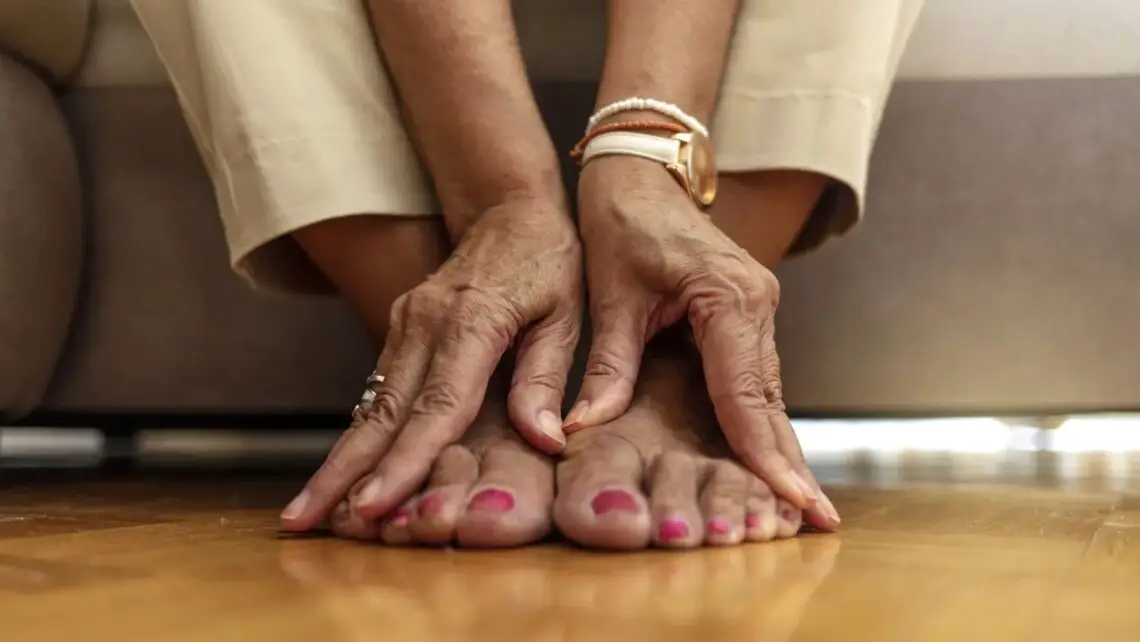
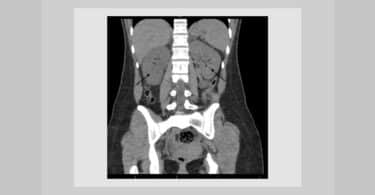
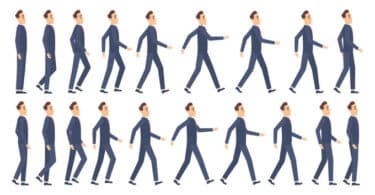

Wonderful article, thank you for sharing, as a third year student this articles are inspiring and thought provoking. I have a case study with severe arthritis so very relevant also.